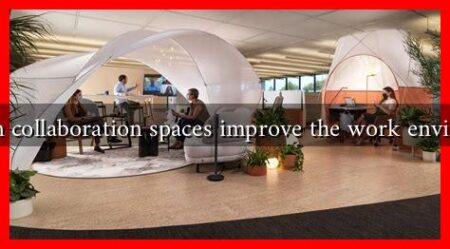-
Table of Contents
What Makes Open Spaces Unique in Cultural Contexts?
Open spaces, often defined as areas that are free from buildings and other structures, play a crucial role in the cultural fabric of societies around the world. These spaces, which can include parks, plazas, gardens, and natural landscapes, serve as vital communal areas that foster social interaction, cultural expression, and environmental sustainability. This article explores the unique characteristics of open spaces within various cultural contexts, highlighting their significance through examples, case studies, and statistics.
The Role of Open Spaces in Cultural Identity
Open spaces are often seen as reflections of a community’s cultural identity. They provide a canvas for cultural expression and serve as venues for traditional practices, festivals, and gatherings. The design and use of these spaces can vary significantly across different cultures, influenced by historical, social, and environmental factors.
- Public Squares in Europe: In many European cities, public squares like Piazza San Marco in Venice or Plaza Mayor in Madrid are not just gathering places but also historical landmarks that embody the cultural heritage of the region.
- Community Gardens in Urban Areas: In cities like New York and Los Angeles, community gardens serve as open spaces that promote cultural diversity, allowing immigrant communities to cultivate plants native to their homelands.
- Traditional Markets: Open-air markets, such as the Grand Bazaar in Istanbul, are cultural hubs where local traditions, crafts, and cuisines are showcased, reinforcing community ties.
Social Interaction and Community Building
Open spaces are essential for fostering social interaction and community cohesion. They provide a neutral ground where individuals from diverse backgrounds can come together, share experiences, and build relationships.
- Recreational Activities: Parks and recreational areas offer opportunities for sports, picnics, and leisure activities, encouraging people to engage with one another.
- Art and Performance: Open spaces often host cultural events, such as concerts, theater performances, and art exhibitions, which can attract large audiences and promote cultural exchange.
- Inclusive Spaces: Well-designed open spaces can be accessible to all, including marginalized groups, thereby promoting inclusivity and social equity.
Environmental and Economic Benefits
Beyond their cultural significance, open spaces also provide environmental and economic benefits that contribute to the overall well-being of communities.
- Environmental Sustainability: Open spaces play a critical role in urban ecosystems by improving air quality, reducing heat, and providing habitats for wildlife. For instance, Central Park in New York City is a vital green lung that helps mitigate urban pollution.
- Economic Impact: Well-maintained open spaces can enhance property values and attract tourism. A study by the National Recreation and Park Association found that parks and recreation facilities contribute over $140 billion annually to the U.S. economy.
- Health Benefits: Access to open spaces is linked to improved mental and physical health. Research indicates that spending time in nature can reduce stress, enhance mood, and promote physical activity.
Case Studies: Open Spaces Around the World
Examining specific case studies can provide deeper insights into how open spaces function within different cultural contexts.
- The High Line, New York City: This elevated linear park transformed an abandoned railway into a vibrant public space, showcasing art, gardens, and community events while reflecting the city’s industrial history.
- Millennium Park, Chicago: This urban park features iconic structures like the Cloud Gate sculpture and hosts numerous cultural events, making it a focal point for both locals and tourists.
- Jardim Botânico, Rio de Janeiro: This botanical garden not only preserves Brazil’s rich biodiversity but also serves as a cultural site for education and community engagement.
Conclusion
Open spaces are unique cultural assets that serve multiple purposes within communities. They are not only venues for social interaction and cultural expression but also contribute to environmental sustainability and economic vitality. By understanding the significance of open spaces in various cultural contexts, we can appreciate their role in shaping community identity and fostering social cohesion. As urbanization continues to rise, prioritizing the development and maintenance of open spaces will be essential for creating inclusive, vibrant, and sustainable communities.
For further reading on the importance of open spaces, you can visit the National Recreation and Park Association.




